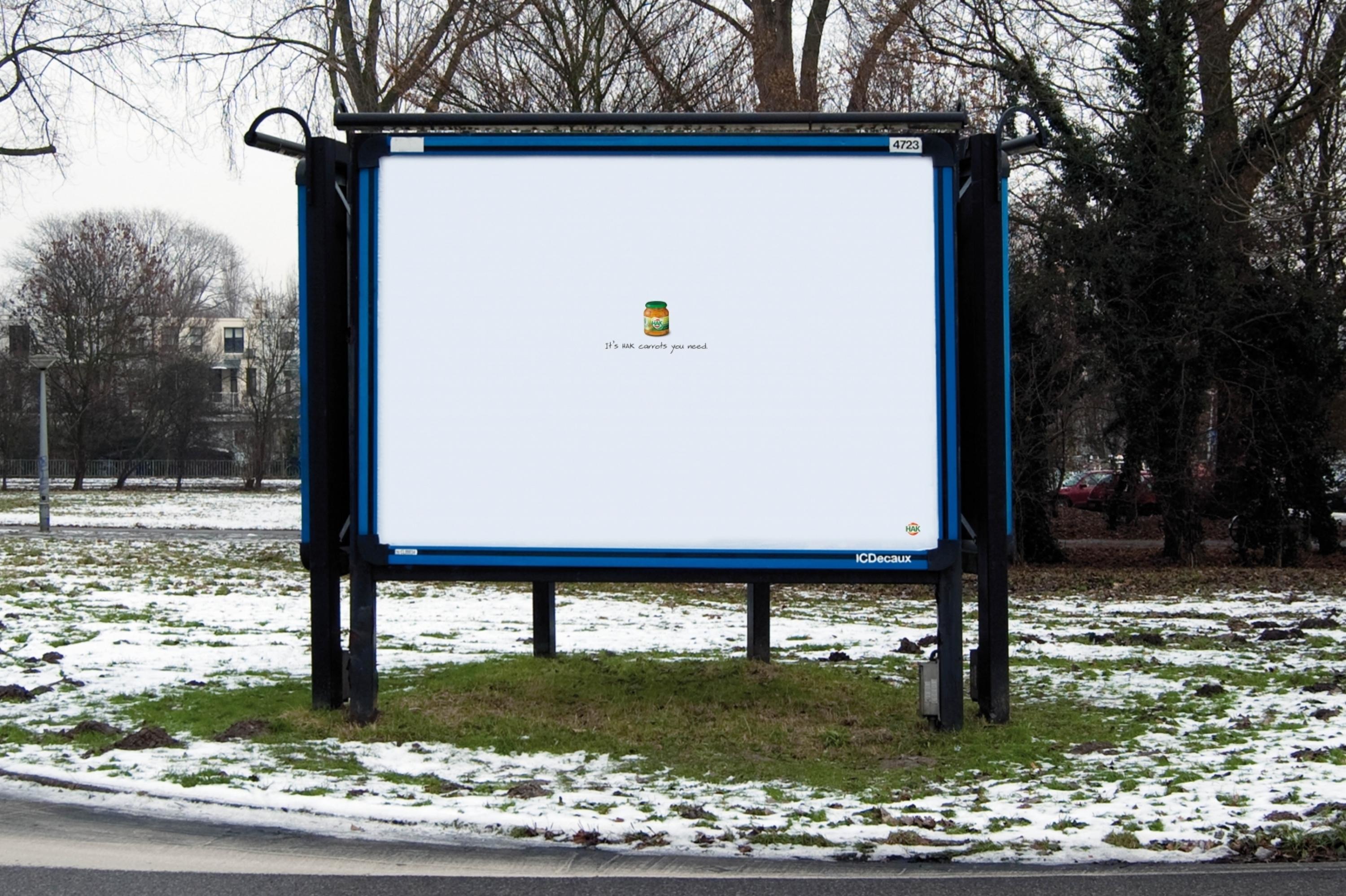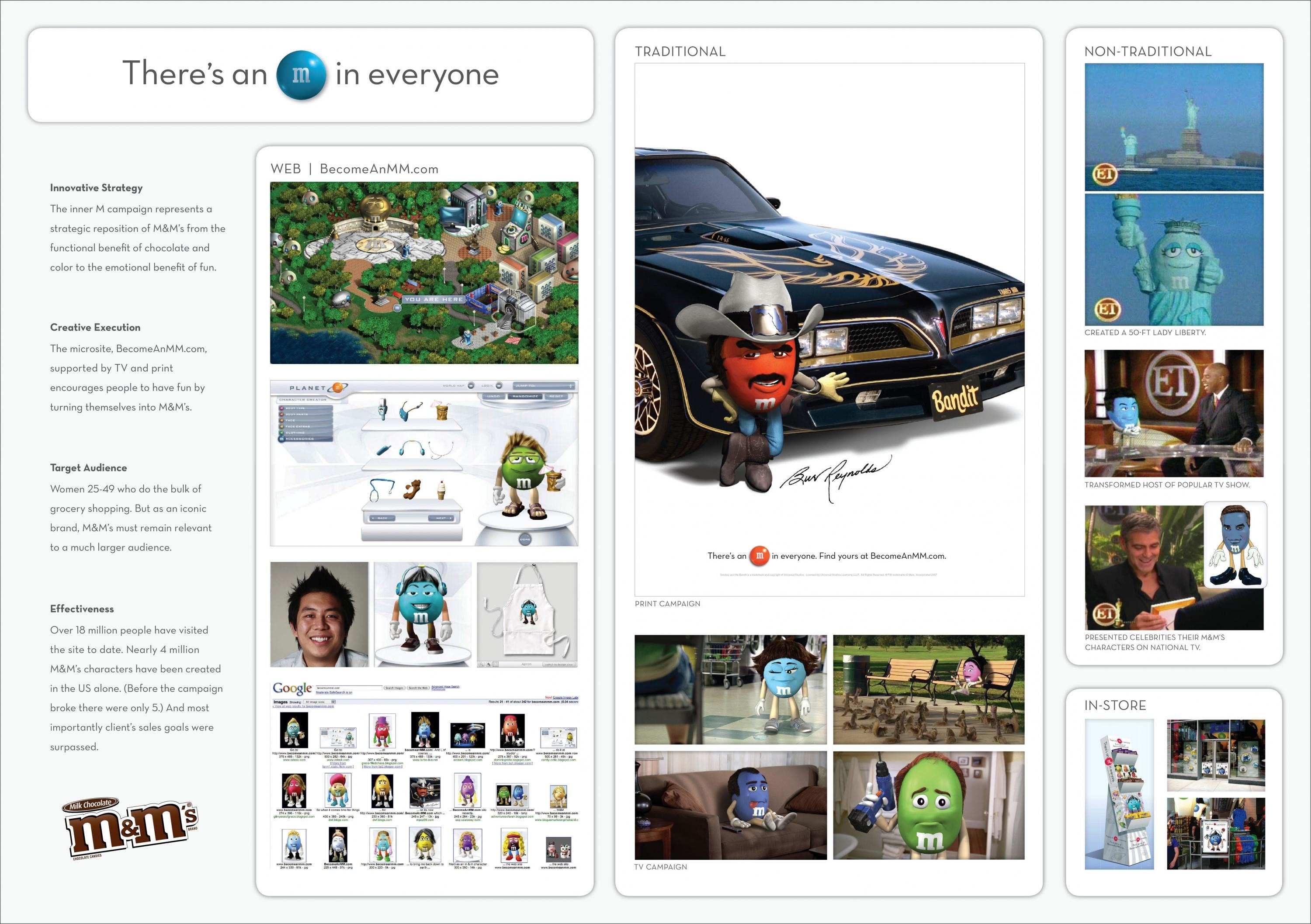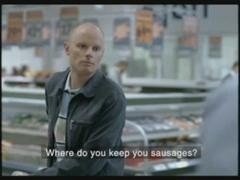Cannes Lions
The Helping Plate
DDB UNLIMITED, Amsterdam / HAK / 2021
Awards:
Overview
Entries
Credits
Overview
Background
Most people in the Netherlands structurally eat too little vegetables. A problem that starts early in life, as only a handful of children eat the recommended daily allowance of greens – an average of 73 grams instead of the recommended 100-150 grams a day. This increases the risk of serious health issues such as obesity and chronic diseases, as they grow up. The period between ages 4 and 8 is crucial: that’s when you lay the foundation for your eating pattern.
HAK, one of the biggest vegetable brands in Western Europe, wanted to address and help solve this problem.
Idea
The Helping Plate
A plate designed based on scientific insights, to help kids eat more vegetables.
The way we serve our food influences our brain. Before we’ve taken a single bite, we have already ‘tasted’ with our eyes. Wageningen University & Research studied different factors that influence how we experience our meals and how much we eat. Their research data and scientific findings guided the design of the plate. The intelligent plate helps children (aged 4-8) to lay the foundation for a healthy eating pattern by helping them eat more vegetables, without them noticing it.
Strategy
HAK wanted to bring its brand mission “To help as many people as possible to eat more healthy vegetables” to life. But instead of just talking about the problem, we wanted to truly contribute to the solution.
Research shows that our eating patterns are created between the ages of 4-8. Helping this group will allow them to become healthier adults.
But this group is notoriously bad at eating their vegetables. So we turned to science and data to give us a hand.
Execution
The design works based on several scientific principles:
(1) A child’s brain mirrors and copies its parents’ behaviour, so the plate is round and ceramic – just like their parents’ plates.
(2) By making the plate larger, the portion seems smaller. This is called the Delboeuf illusion, and lets the brain perceive the meal as more doable.
(3) An indentation lets you secretly serve more vegetables. As there is more, a child will automatically also eat more.
(4) This indentation was designed to be placed close to the child, as food that is closer ends up in your belly sooner.
(5) The white surface behind the vegetables lets our brains experience them as looking tastier. To make the veggies look more appetising than the rest of the meal, from there the plate gradually becomes darker.
The plate is for sale at the biggest Dutch department store and is promoted via
Outcome
As the plate immediately became a bestseller at the biggest Dutch department store, the initial run sold out within hours. We are now at the third run, and an total of 34,000 plates. The plate got over 200 million media impressions, becoming food for thought on the importance of vegetables and how design can help us eat healthier.
This not only got people to think about their daily vegetable intake, but also put HAK in the spotlight as an innovative and forward-thinking vegetable brand.
Similar Campaigns
9 items





